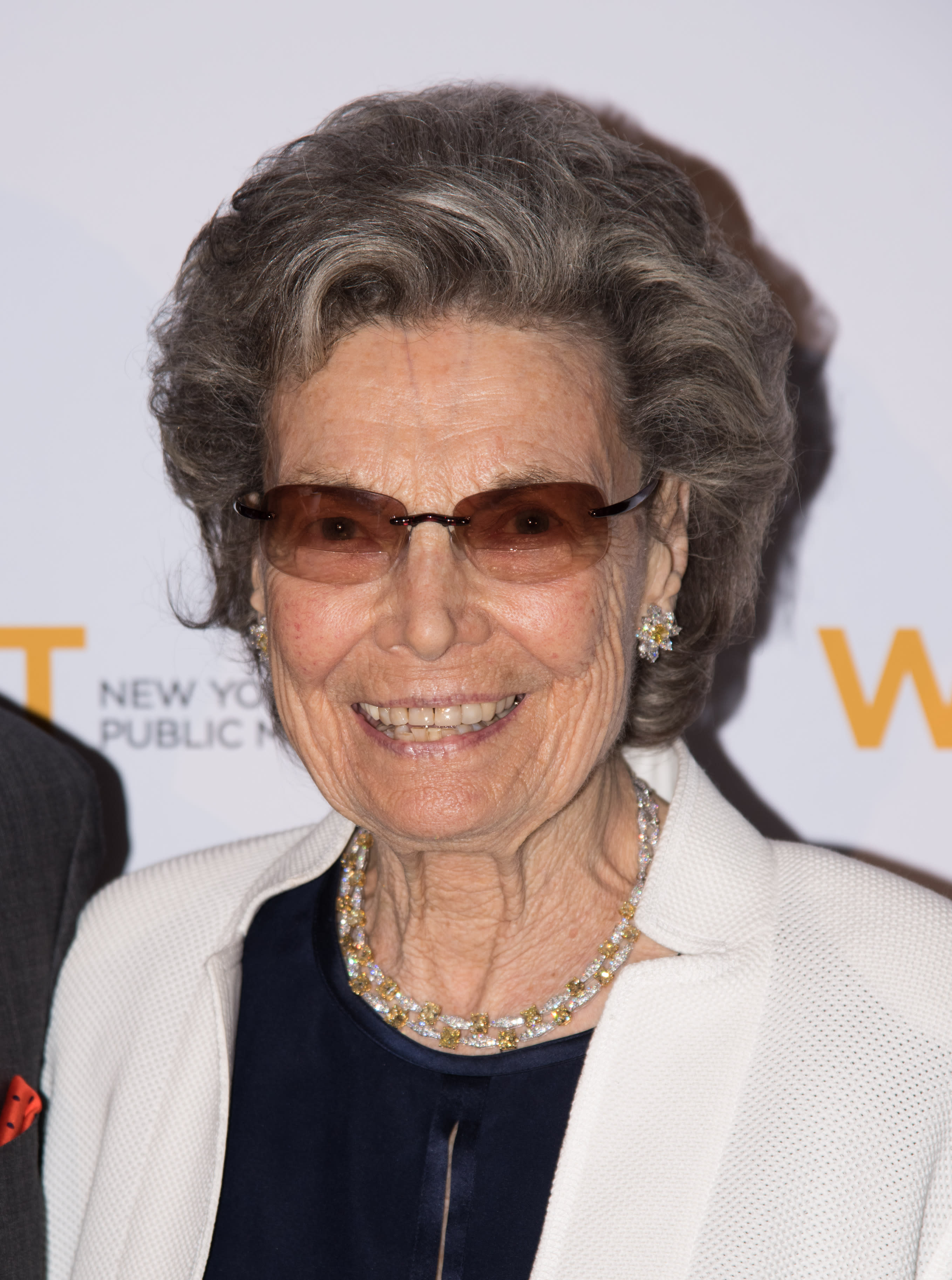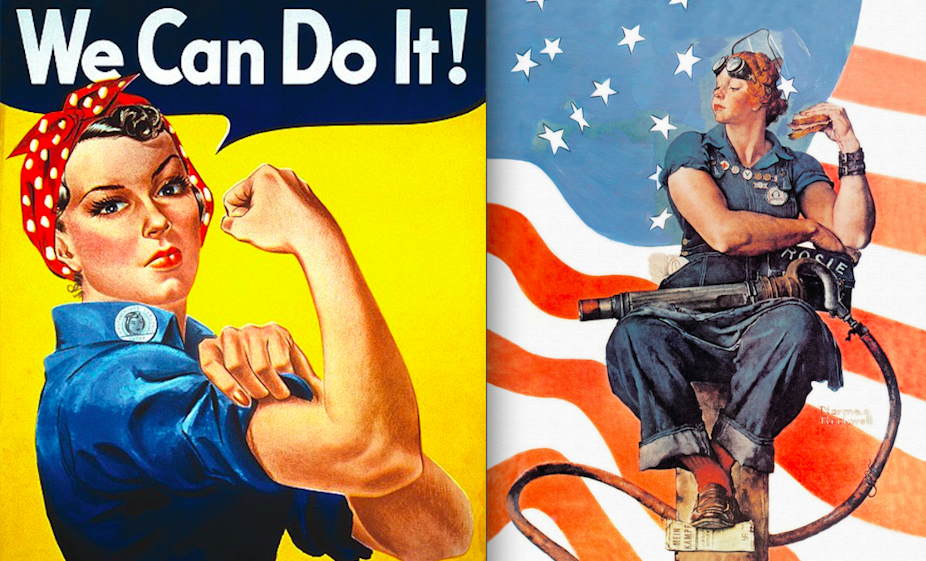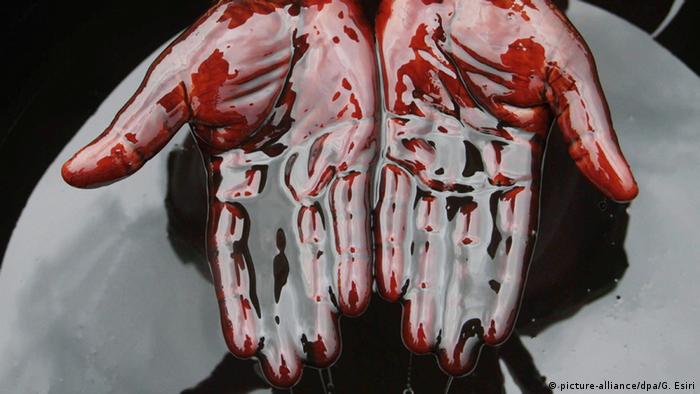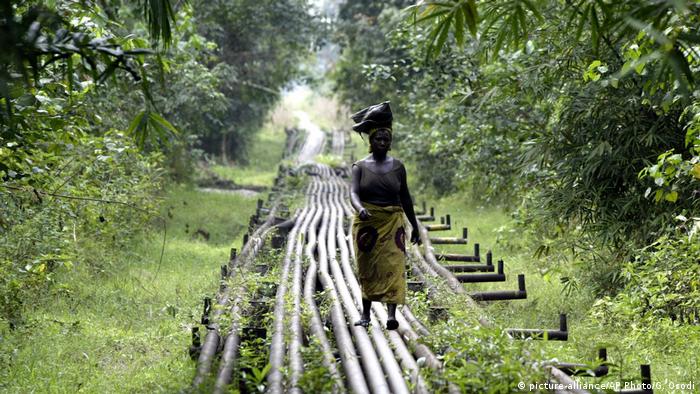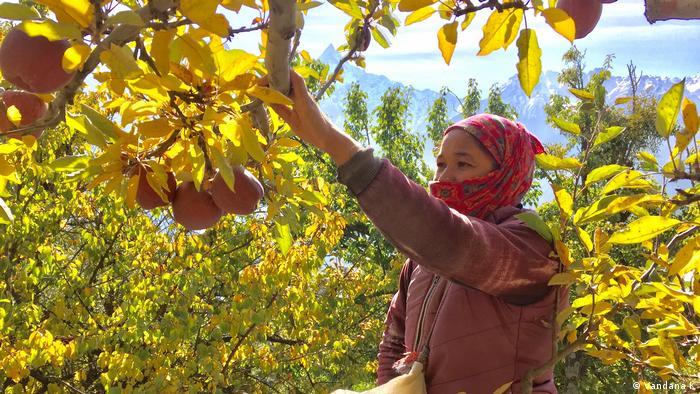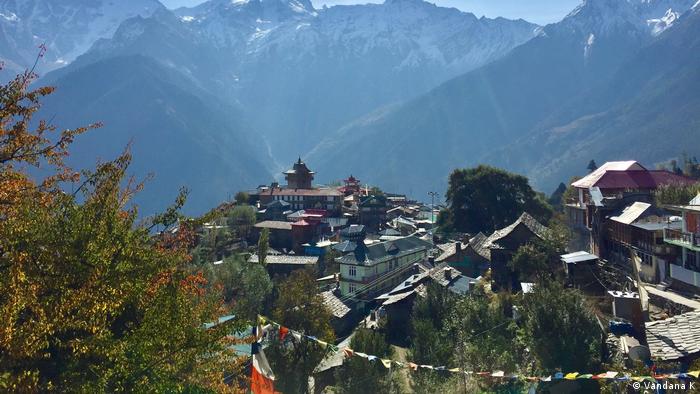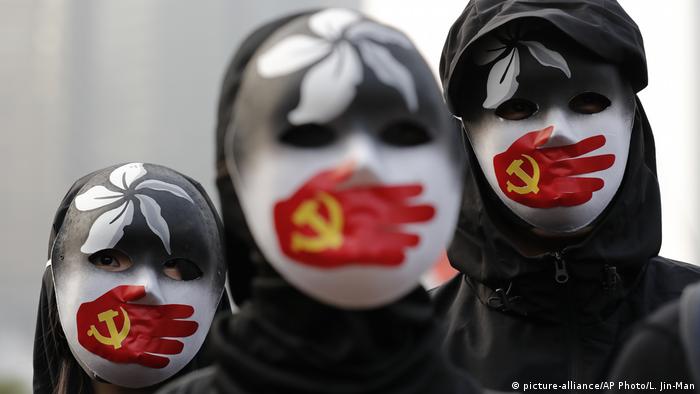Vice President Mike Pence acknowledged on Thursday there were not enough tests available to meet the demand amid a coronavirus outbreak spreading in the US, after previously saying “every American can be tested” for the deadly illness.
This is a breaking news story. More follows…
Graig Graziosi, The Independent•March 5, 2020

Vice President Mike Pence speaks to reporters in the Brady press briefing room of the White House about the coronavirus Monday, 2 March, 2020: (AP Photo/Manuel Balce Ceneta)
Vice President Mike Pence’s press secretary Katie Miller snapped at a White House correspondent on Wednesday following a press briefing dealing with the White House’s coronavirus task force.
The reporter, Brian Karem, asked Mr Pence about whether the White House has any guidance for uninsured individuals to get testing. Mr Pence was nearing the end of his press conference when Mr Karem asked him about coronavirus testing for the uninsured.
“Can you please supply some guidance to the uninsured who want to get tested?” Mr Karen asked.
Mr Pence blew past the question and wrapped up his press conference. He suggested the risk to the broader American population “remains low.”
“As we continue to take these steps, as Americans continue to take common-sense practices to protect their own health, the health of their family, we’ll work to keep it [low],” he said.
As Mr Pence finished and moved to leave the room, Mr Karem again yelled out his question, asking if there was any guidance for the uninsured to get testing.
He was ignored, so he tried again.
“Gentlemen, ladies, can the uninsured get tested?” Mr Karem asked.
Ms Miller snapped a response at Mr Karem.
“Screaming for the camera isn’t going to get you anywhere” she said.
Mr Karem pushed again.
“Well, how about answering the question? We would like an answer to that question,” he said. “It’s a valid question, could you answer it?”
At that point Ms Miller moves to exit the room, responding “We’ll get you an answer” as she departs.
It is unclear if the White House has followed up on Mr Karem’s question.
Though the Centers for Disease Control are not charging patients for testing, individuals can still incur hospital costs from visiting the ER.
Vice President Mike Pence’s press secretary Katie Miller snapped at a White House correspondent on Wednesday following a press briefing dealing with the White House’s coronavirus task force.
The reporter, Brian Karem, asked Mr Pence about whether the White House has any guidance for uninsured individuals to get testing. Mr Pence was nearing the end of his press conference when Mr Karem asked him about coronavirus testing for the uninsured.
“Can you please supply some guidance to the uninsured who want to get tested?” Mr Karen asked.
Mr Pence blew past the question and wrapped up his press conference. He suggested the risk to the broader American population “remains low.”
“As we continue to take these steps, as Americans continue to take common-sense practices to protect their own health, the health of their family, we’ll work to keep it [low],” he said.
As Mr Pence finished and moved to leave the room, Mr Karem again yelled out his question, asking if there was any guidance for the uninsured to get testing.
He was ignored, so he tried again.
“Gentlemen, ladies, can the uninsured get tested?” Mr Karem asked.
Ms Miller snapped a response at Mr Karem.
“Screaming for the camera isn’t going to get you anywhere” she said.
Mr Karem pushed again.
“Well, how about answering the question? We would like an answer to that question,” he said. “It’s a valid question, could you answer it?”
At that point Ms Miller moves to exit the room, responding “We’ll get you an answer” as she departs.
It is unclear if the White House has followed up on Mr Karem’s question.
Though the Centers for Disease Control are not charging patients for testing, individuals can still incur hospital costs from visiting the ER.







